Editor’s Note: Robin North is a member of LTV’s sponsored content team, The Leisure Explorers. Do you own a Leisure Travel Van and enjoy writing? Learn more about joining the team.
A bright blue October sky, a sunny breeze, and a chill in the air signal autumn in Georgia. I really wanted to see autumn color, so I thought I would make a trip to the Georgia foothills; maybe Blue Ridge or Helen. But my sister suggested I try another destination closer to home – Gibbs Gardens. She has been a patron for several years, and was anxious for me to experience this local treasure.

We met in the gravel parking area in the midst of what looked like a forest. Beyond the parking lot, I could see the blaze of sugar maples and a golden canopy of oaks. A neat group of birches flanked one end of the walkway, while planters spilling over with flowers and trailing vines led visitors to the entrance. On the walls of the ticket office hung paintings of the garden done by local artists – each highlighting a scene of a magnificent seasonal landscape. It was a taste of what we would see beyond the gate.
We started down the main pathway enjoying the shady canopy above. Even in October, the sun can be quite warm in Georgia. A path lined with Crepe Myrtle set an unusual scene with its slender trunks and leafy tops. In late summer these would be crowned with white flowers, but by now the blooms had faded, leaving just the greenery. Nonetheless, a perfect place to photograph my daughter and niece!

Cameras at the ready, we meandered along the path stopping to photograph the maples and admire the border plantings. There in the distance, I caught sight of a sun-dappled pond; a graceful Willow draped over one edge while water lilies broke the otherwise mirrored surface. Ferns — and what might be flag iris — hemmed in the edges while a curved wooden bridge painted green joined the banks. Where have I seen that before? A book? A painting? As we walked nearer, the full scene revealed itself and I knew; It’s Monet’s garden bridge over the lily pond. I’ve seen the painting dozens of times and love the soft colors, the peaceful setting, and the gentle impressionist touch.
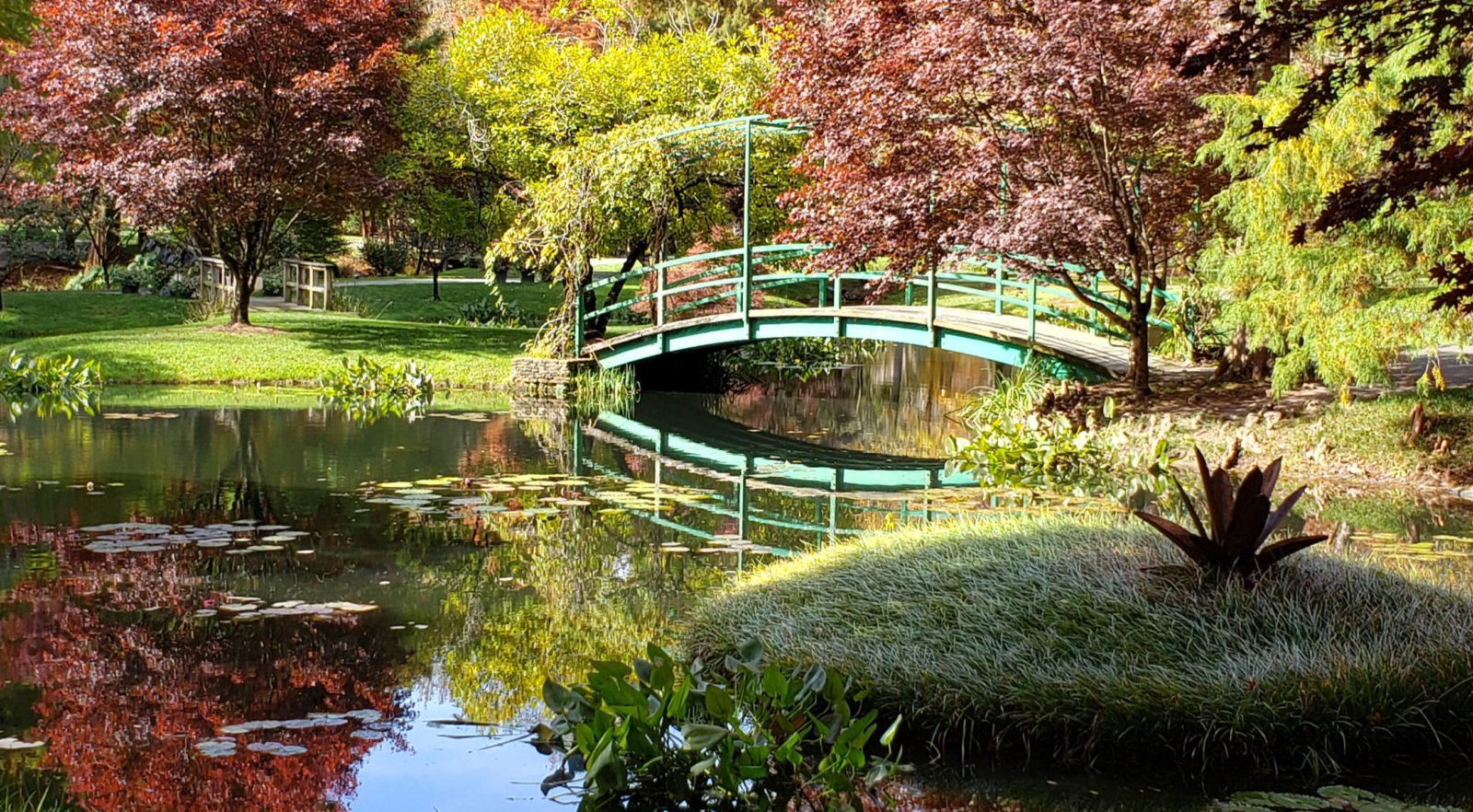
Far from the south of France, the setting is another example of Jim Gibb’s Landscape Artistry. He is a retired president of one of Atlanta’s premier landscape companies and a founding member of the Atlanta Botanical Gardens. And though his landscape designs have Jim Gibbs Awards — including two presented at the White House — I think his greatest gift to Georgia are these beautiful gardens surrounding his home about an hour north of Atlanta in Ballground, Georgia. The gardens span over 300 acres of rolling terrain in the Georgia foothills. Included is the manor house, a stunning old-world aesthetic modeled after an English manor with architectural elements imported from France. It is connected to a Summer House overlooking the gardens 150 feet below, with a view of the Georgia mountains in the distance. The scale of the property makes it one of the largest residential estate gardens in the country.

Although there is a trolley to take visitors up the steep driveway to the manor house, we chose to follow a circuitous path that winds up the hill to take in the view of the house from a different perspective. The house is not open to the public, but visitors are welcome to wander the private gardens all around it. A beautiful array of annuals and perennials surround the swimming pool, sitting areas, and koi pond. The view of the greater gardens below from that elevation is stunning; the woods and meadow fall away from the house giving an extended view of the mountains beyond. Jim Gibbs explored many gardens around the country when he decided to build the world-class Gibbs Garden. His search for the right property with just the right combination of trees, topography, and a source of water lasted six years. The current property has naturally rolling terrain with mature trees and a series of streams that run through the valley. Native dogwood and mountain laurel blanket the property, with native ferns spilling over the stream banks.
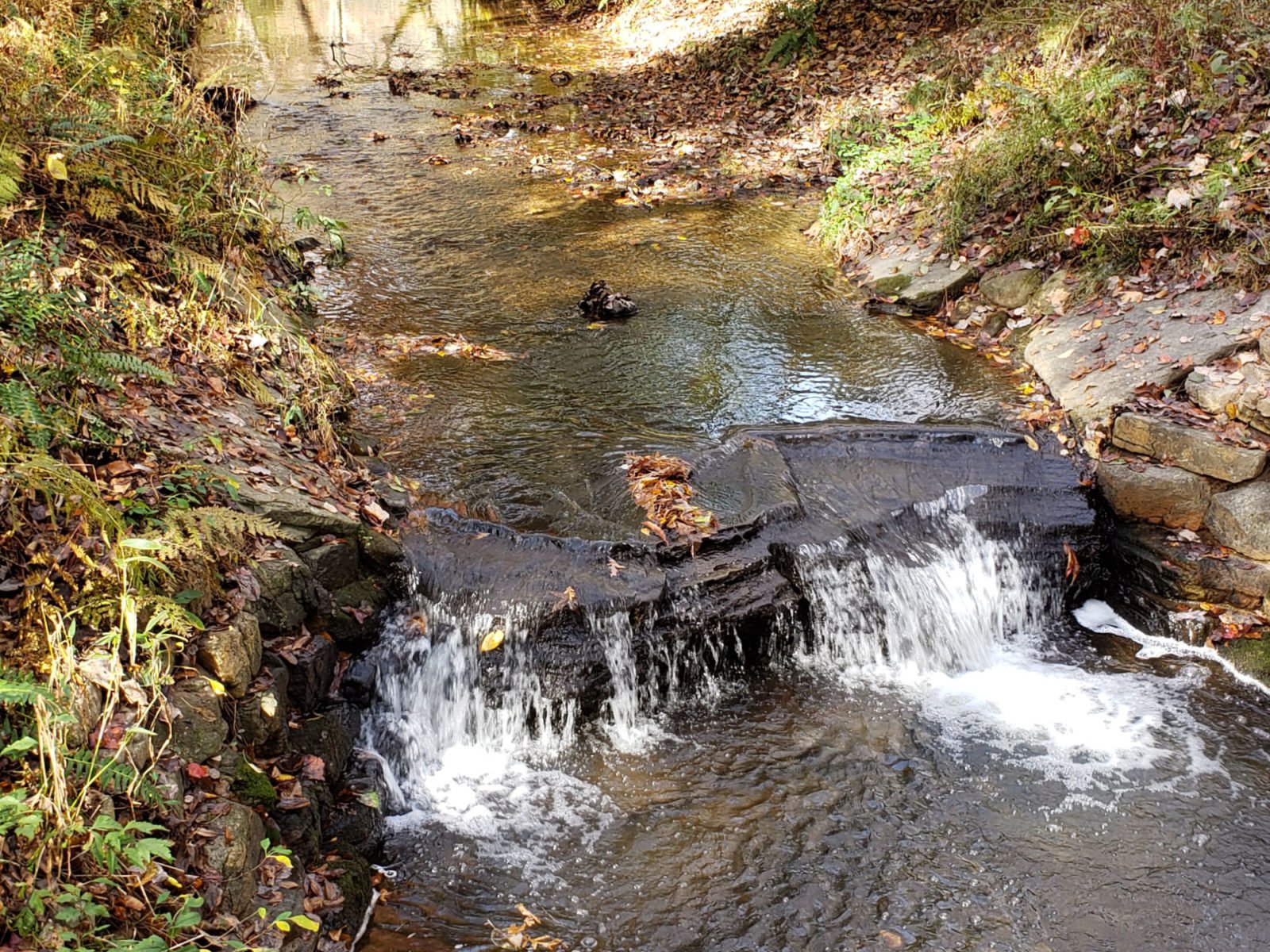
There are three feature gardens: the Manor Gardens, the Waterlily Gardens, and the Japanese Gardens with 16 gardens in all that include 32 bridges, 24 ponds, and 19 waterfalls. All are a delight to stroll through, each one lovelier than the last. One of my favorites is the Monet garden with its arched bridge over a lily pond flanked by weeping willows and a host of water plants. But there is so much more to see, offering an “Instagram” moment at every turn.
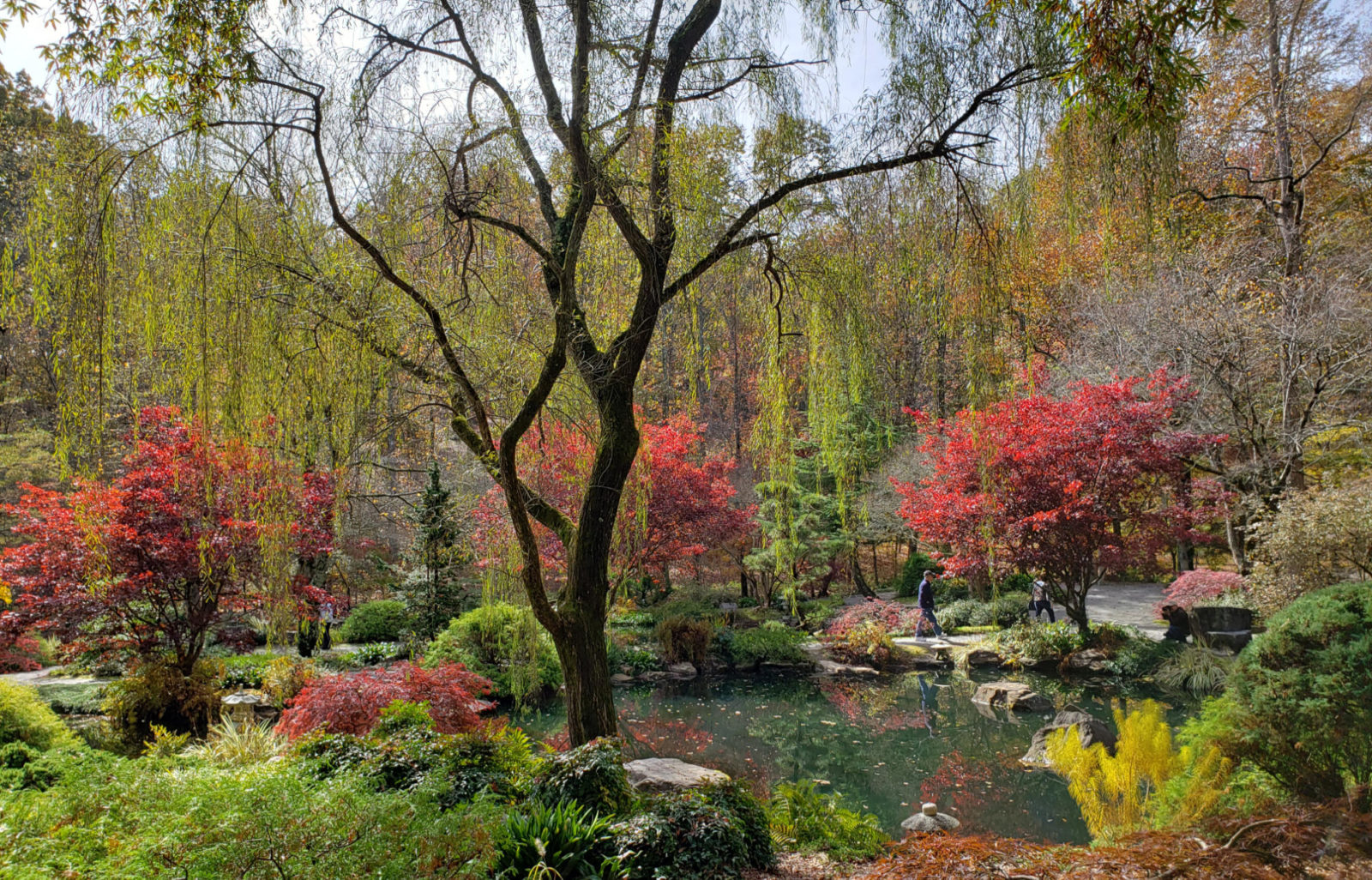
Walking beyond the Monet pond we found the 40-acre Japanese garden with twisted junipers, bonsai-like trees, stone lanterns, and a huge wooden Torii gate. Along the path, we discovered a pagoda and a zig-zag bridge (in Japanese folklore, it is thought that evil spirits can only travel in straight lines, so traveling a zig-zag path ensures good luck). An old stump on the edge of the path had been artfully carved into a chair that seemed to grow out of the landscape, and a happy Buddha-like statue covered with visitor’s coins peeks out from the ferns. I suppose the visitors left coins there hoping for good luck with their own gardens!
We wandered through a wooded glade and around a fast-flowing stream to reach several raised areas with wooden benches perfect for viewing the tranquil setting. Wooden boardwalks and bridges took us back and forth over the stream and ponds, while natural pathways invited exploration to the far edges of the property. It will surely take more than one visit to enjoy all the gardens have to offer.
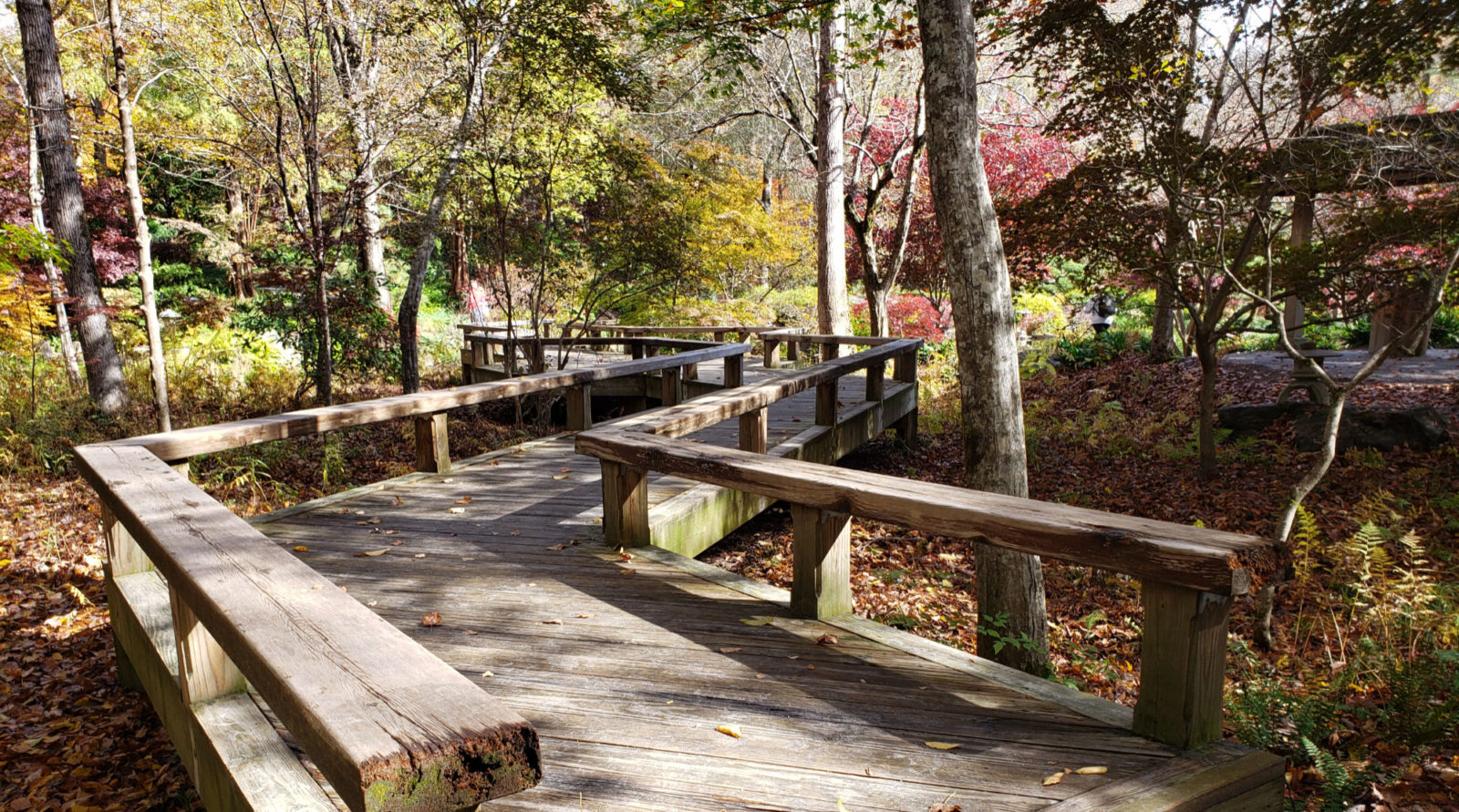

Each season brings something new to see, along with special events to highlight the theme of the season. In Spring it’s cascades of daffodils, tulips, cherry blossoms, and dogwoods. There are over 20 million daffodils planted in 200 varieties that carpet the hillside (the splendor of millions of Daffodils tumbling down the hillside in the meadow sounds breathtaking!). Not to be ignored, Azaleas are synonymous with Georgia, and the gardens celebrate this spring favorite with great mounds of these colorful shrubs. In Summer the roses take center stage along with the summer border plantings. If you time it right, you might catch the Rose, Hydrangea, or Rhododendron Colorfests – each a beautiful way to spend a summer’s day wandering around the garden admiring each of the flowers in its peak season. Late summer brings color to the Crepe Myrtle gardens. These shrubs seem almost like trees with their tall blossom-filled branches reaching into the summer sky. While they all have a lovely smooth bark, one variety in particular sports a more interesting peeling, rust-colored bark that just invites you to touch it! Even in late summer, the garden offers a shady haven to evade the Georgia heat – and a lovely patio cafe to enjoy your lunch outdoors surrounded by the gardens. In autumn it is the trees, wildflowers, and water lilies that carry the starring role. From September through November there are events highlighting each group of plants in bloom. You can meander the mowed paths of the 30-acre wildflower meadow right through November, or, you may want to schedule your visit to see the Monet Waterlily Colorfest that is slated from mid-September through mid-October. Covering five natural spring-fed ponds, you can take in 140 different varieties of water lilies. The bridge over the pond is modeled after the one in Monet’s garden in Giverny, France. Its color and arched shape with wisteria vine-covered pergola harken back to his famous paintings. Truly, the painting comes to life!
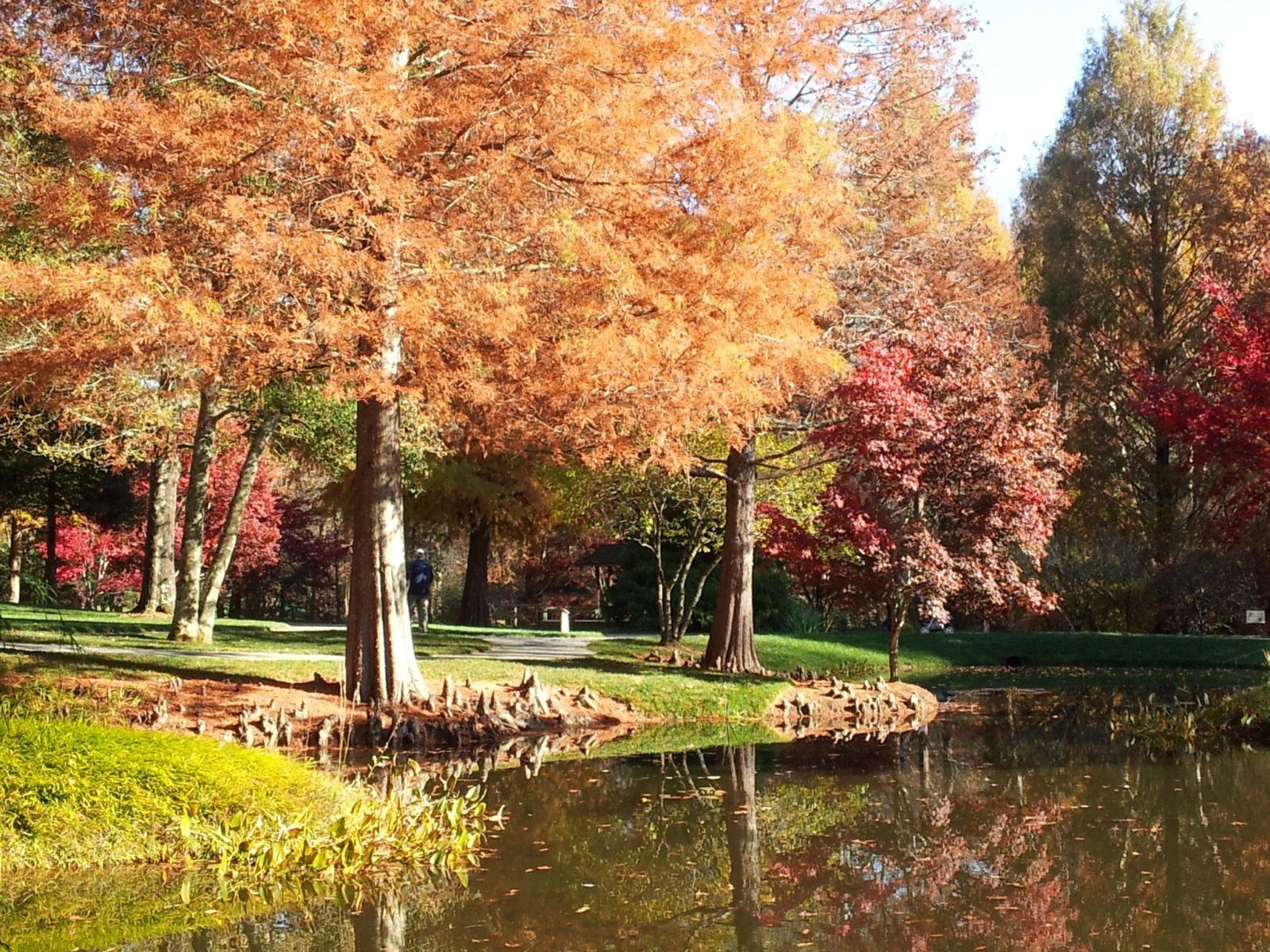
If you arrive in late October, you’ll catch the Japanese Maples Colorfest where you can marvel over the spectacular sight of 3,000 trees in a variety of colors – and you can still walk over Monet’s bridge and see the remaining water lilies in bloom. The only season without a display is winter. The gardens close to the public in December as the gardeners prepare the borders and hillsides for the new year. If you are in the North Georgia area, Gibbs Gardens is a lovely day trip, situated between Atlanta and Blue Ridge. The nearest State Park campground is Amicalola Falls State Park – a destination in itself with a towering waterfall and an entry point to the Appalachian Trail (it is about 17 miles from the gardens). Or, you might want to stay a bit further away on either Lake Altoona or Carter’s Lake – both with Army Corps of Engineers campgrounds with campsites fronting the lakeshore (they are about an hour’s drive from the gardens). An hour’s drive to the west is Don Carter State Park on Lake Lanier with access to this largest lake in Georgia. Staying on the east side of the Gardens give you easier access to Blue Ridge, to the north, or Atlanta to the south making it is easy to plan an itinerary that will include both historic and scenic attractions.



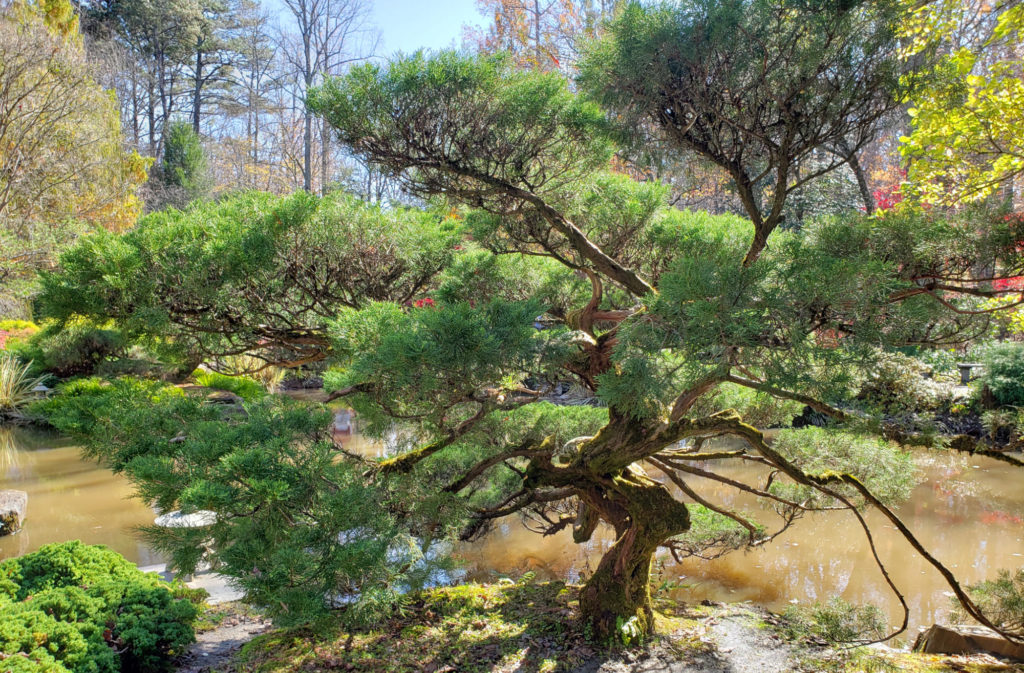
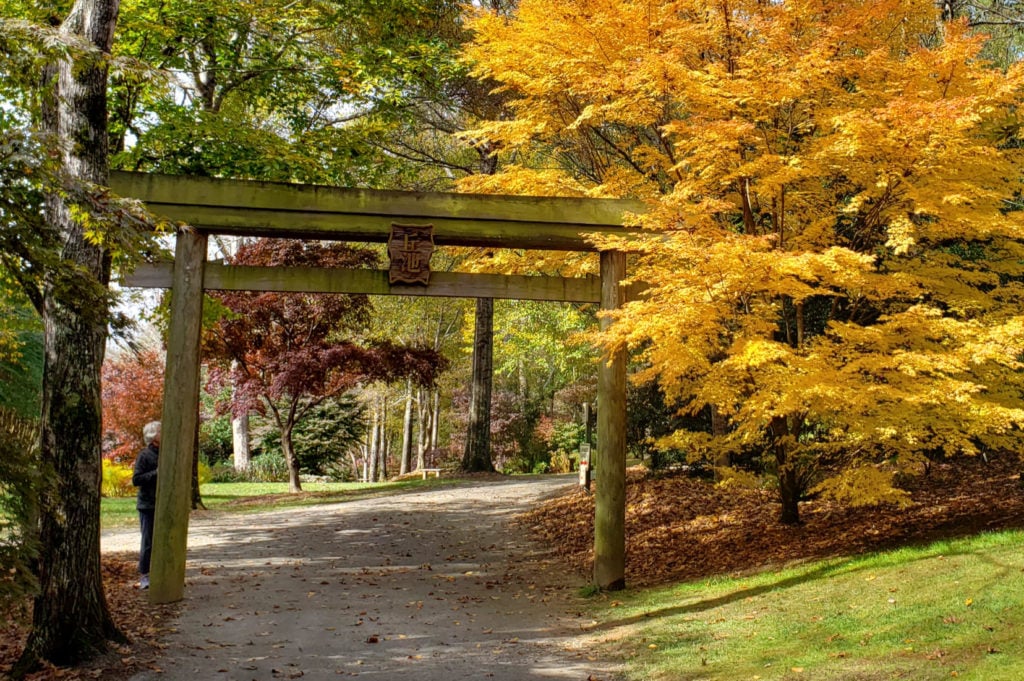



Comments